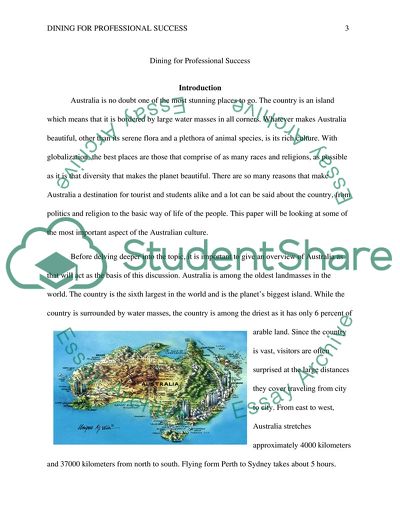Cite this document
(The Important Aspects of the Australian Culture Research Paper, n.d.)
The Important Aspects of the Australian Culture Research Paper. Retrieved from https://studentshare.org/culture/1862825-dining-for-professional-success
The Important Aspects of the Australian Culture Research Paper. Retrieved from https://studentshare.org/culture/1862825-dining-for-professional-success
(The Important Aspects of the Australian Culture Research Paper)
The Important Aspects of the Australian Culture Research Paper. https://studentshare.org/culture/1862825-dining-for-professional-success.
The Important Aspects of the Australian Culture Research Paper. https://studentshare.org/culture/1862825-dining-for-professional-success.
“The Important Aspects of the Australian Culture Research Paper”, n.d. https://studentshare.org/culture/1862825-dining-for-professional-success.


